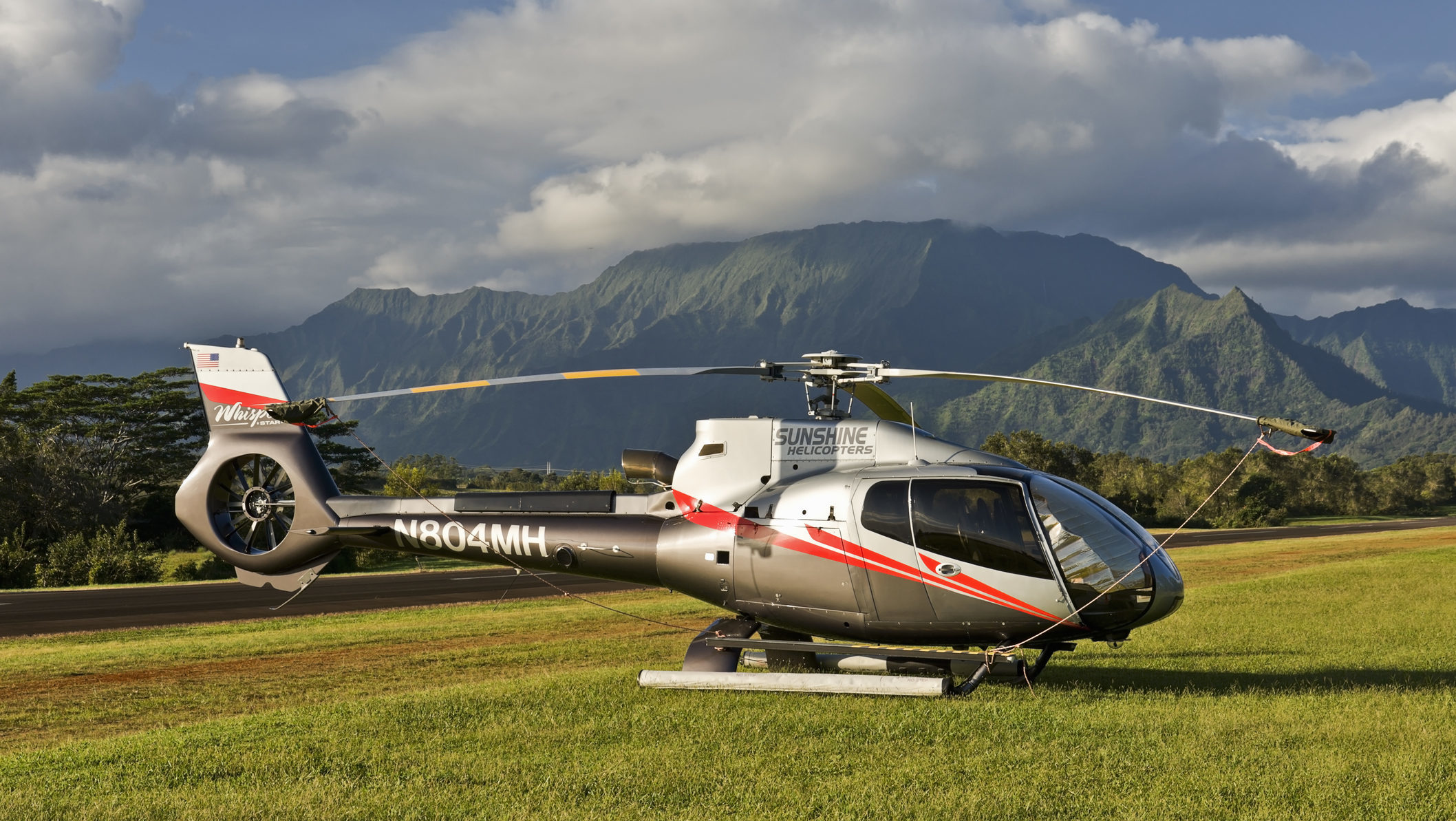Are helicopter tours safe? Yes, usually. Can they be safer? Yes, apparently.
Those are preliminary assessments being made in the aftermath of last week’s helicopter tour crash that killed six tourists and a 69-year-old pilot on a remote mountaintop on the Na Pali Coast of northern Kauai, Hawaii.
Even as the tragedy is being investigated by the National Transportation Safety Board, adherents of such tours are pointing out that the chances of dying while in the air may be roughly equivalent to being killed by a falling coconut. According to TripSavvy, there have been more than 50,000 helicopter tours on Kauai over the past 15 years, with well over 100 flights a day at times. According to Hawaii Helicopter Association (HHA), the Aloha State has the most regulated air tour environment in the country.
Nonetheless, this latest airborne crash brings the total number in Hawaii in the past 40 years to 60, nearly 20 with fatalities, reports BeatofHawaii.com. More than 50 passengers and 11 pilots have died.
FAA to Blame?
At least one Hawaiian official is putting some blame on the federal government—in particular, the Federal Aviation Administration. Ed Case, a Democratic congressman from Honolulu, issued a statement calling the state’s tour helicopter and small aircraft operations “not safe,” saying “innocent lives are paying the price.”
See also: Southwest to Cancel Additional Boeing 737 Flights
He continued: “We know this not only because of repeated fatal accidents and other incidents over the years, but because the National Transportation Safety Board, responsible for analyzing all such accidents, has placed safety improvements for such operations on its highest priority list. We further know that the Federal Aviation Administration, responsible for regulating our nation’s airspace, has not taken the NTSB’s concerns seriously.
“Finally, we know that the tour helicopter and small aircraft industry itself is completely incapable of self-regulation,” Case said.
Case called for “required FAA adoption of NTSB recommendations such as the ‘sterile cockpit rule’ required of commercial airlines (pilots must focus only on aircraft operation and safety; no tour duties).” A bill he introduced in September includes such a provision.
After a chopper went down on Oahu in April, State Representative Cynthia Thielen asked that the FAA ground all tour flights until an investigation was completed, but that didn’t happen.
An FAA spokesperson said the agency conducts regular oversight on all Hawaii air tour operators and ensures companies address any issues, the Los Angeles Times reported. An FAA proposal would require that pilots maintain a minimum altitude of 1,500 feet in order to avoid mountain peaks that are obscured in mist.
Hawaii isn’t the only state with checkered airborne tour concerns. A tour helicopter crash in New York City killed all five passengers in March 2018 when the aircraft fell into the East River. The Grand Canyon has seen numerous tour crashes, the most recent being a sightseeing helicopter that went down in February 2018, killing three.
Should You Fly?
Helicopter tours are among the most popular activities in Hawaii, and for good reason—much of the islands’ most dramatic beauty can only truly be seen and appreciated from the air.
Low visibility in rain and clouds has been responsible for 32 percent of all chopper tour crashes, according to BeatofHawaii.com, so avoiding tours on all but the sunniest days seems to be a sensible precaution (even though weather conditions can change quickly and vary dramatically on several parts of the same island). HHA is calling for a statewide weather cam network.
Doing due diligence on tour operators’ websites may offer peace of mind, at least. Blue Hawaiian Helicopters, for example, states that it was the first company in the U.S. to be certified under the Tour Operators Program of Safety and has instituted its own Safety Systems Management Program in cooperation with the FAA.
Kaui also has tour companies that fly fixed-wing planes, which have even better safety records.




